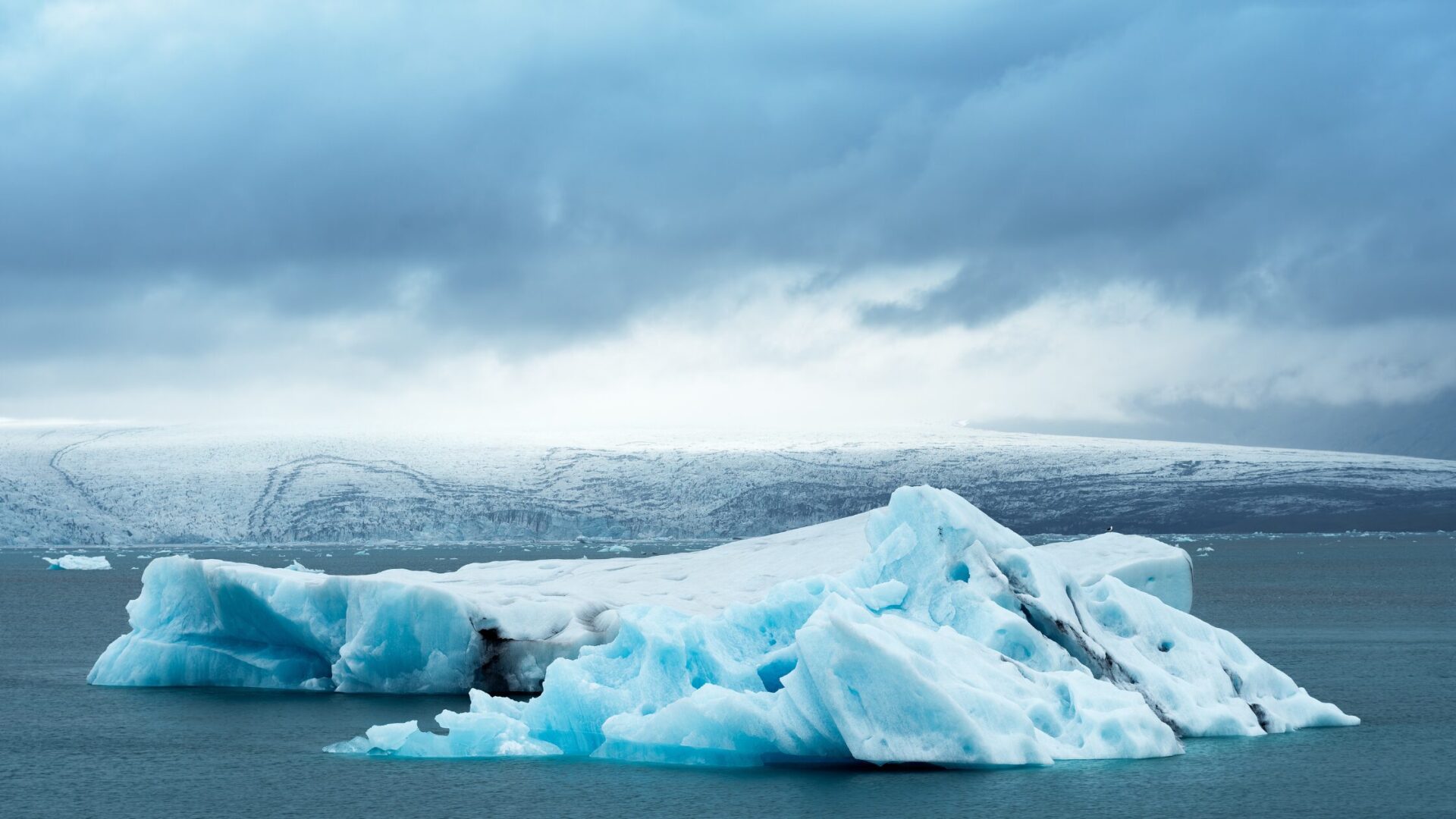BLOG | Bluephage
Preserving Glaciers, Protecting Water: Addressing the Microbial Risks of Global Warming

As the world marks World Water Day, this year’s theme—Glacier Preservation—highlights the critical link between climate change and global water security. Glaciers, long regarded as frozen reservoirs of freshwater, also serve as archives of ancient microorganisms. Their accelerated melting not only threatens water availability but also raises concerns about microbial contamination, that could potentially bring emerging risks to public health and aquatic ecosystems.
The Microbial Threats Emerging from Glacial Melt
Glaciers encapsulate bacteria, viruses, and protozoa that have remained dormant for thousands of years. As ice masses recede due to rising temperatures, these microorganisms are reintroduced into contemporary environments, where they may encounter hosts with no natural immunity. Some could be pathogenic, potentially triggering outbreaks of previously unseen diseases. This presents a dual challenge: ensuring water safety while mitigating the ecological consequences of these newly released microbes.
Climate Change and Waterborne Pathogens
Beyond microbial reactivation from glaciers, global warming also disrupts precipitation patterns, intensifying flooding and altering water distribution. Floodwaters can mobilize harmful microbes from animal waste, agricultural runoff, and overburdened wastewater systems, contaminating drinking water supplies. Extreme weather events—such as storms and hurricanes—exacerbate the spread of pathogens (bacteria, virus or parasites), increasing risks to human health. Additionally, shifts in precipitation patterns are affecting seasonal water storage. Snowpacks, which traditionally release freshwater gradually during warmer months, are now melting earlier due to rising temperatures. This leads to lower summer water levels, concentrating contaminants in rivers, lakes, and reservoirs, diminishing water quality, and exacerbating public health concerns, particularly in drought-prone areas.
Advancing Water Safety with Bacteriophage Monitoring
As microbial contamination risks grow, the water industry must evolve to ensure the safety of drinking water and wastewater management. Bluephage is at the forefront of this effort, providing rapid bacteriophage detection kits that enable water treatment facilities and laboratories to swiftly assess faecal and viral contamination. Bacteriophages serve as highly reliable microbial indicators, offering a sensitive early-warning system to detect viral threats that conventional bacterial indicators often miss. Enhanced monitoring helps mitigate the risk of waterborne disease outbreaks and ensures safer water for consumption, agriculture, and industrial use.
Strengthening Water Security in a Changing Climate
World Water Day serves as both a moment of reflection and a call to action. Glacier preservation is not only about conserving freshwater sources but also about safeguarding global health. Investing in innovative water monitoring solutions, such as those offered by Bluephage, is vital to adapting to the challenges of climate change. As glaciers retreat, we must advance—toward sustainable solutions, stronger microbial surveillance, and a more resilient approach to water security in an increasingly unpredictable world.

